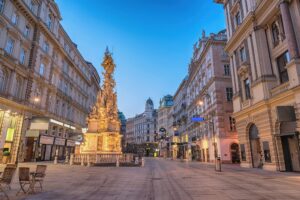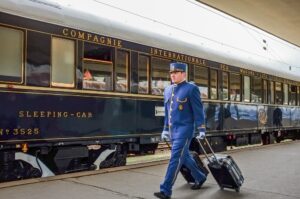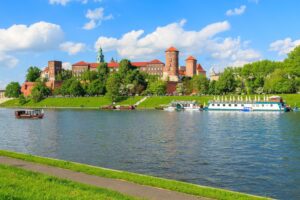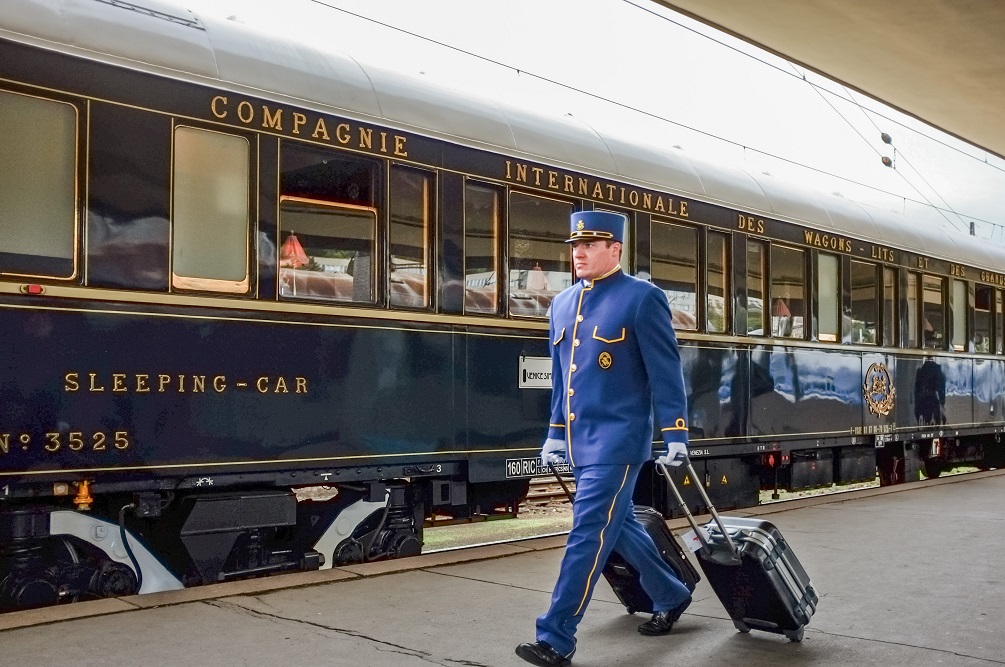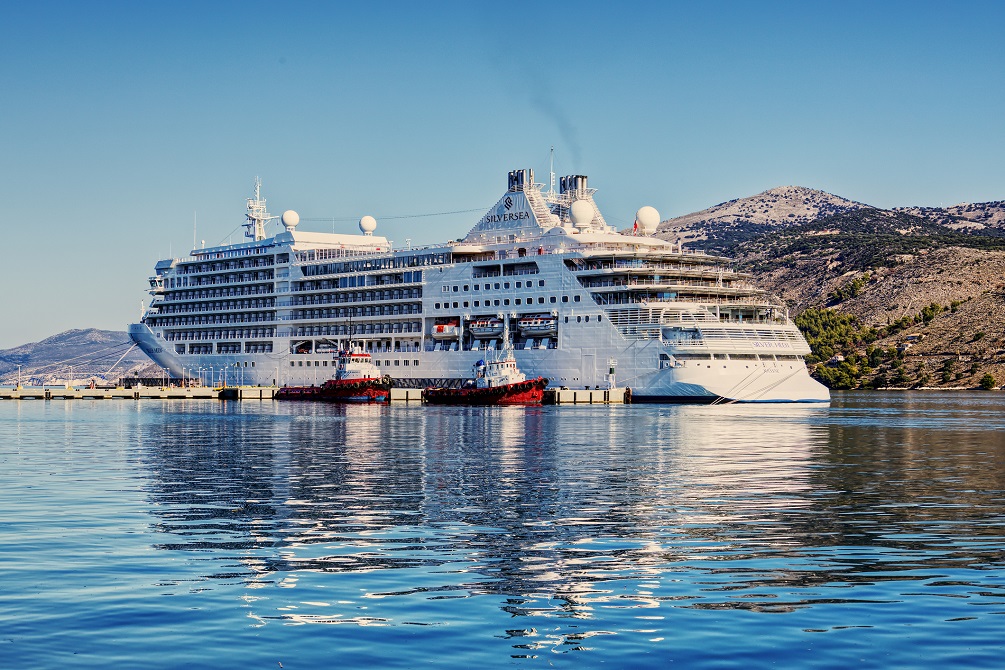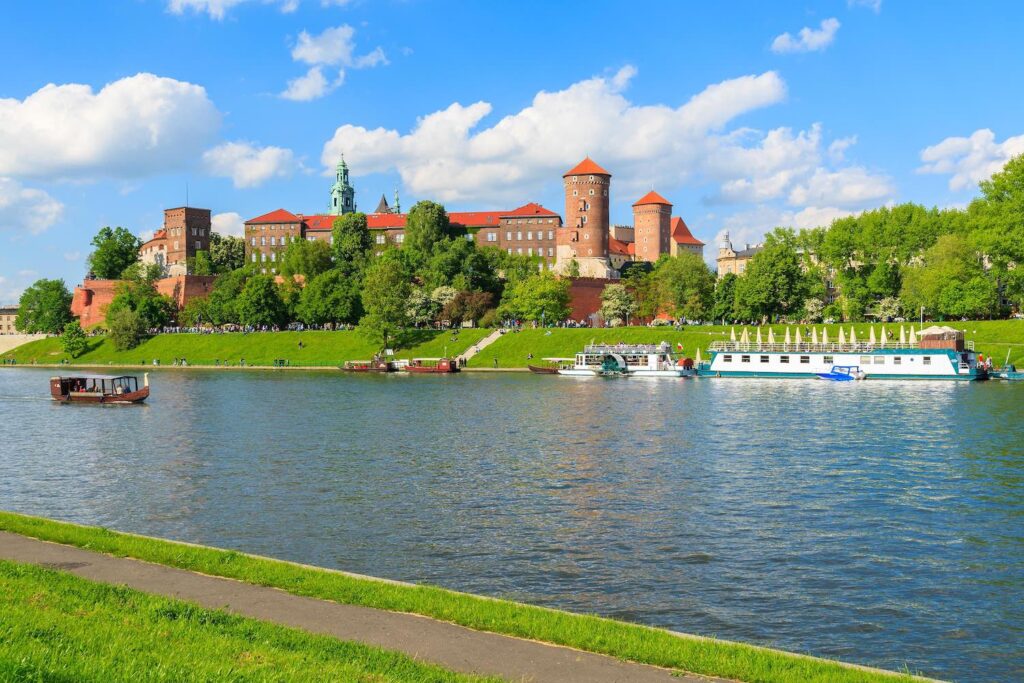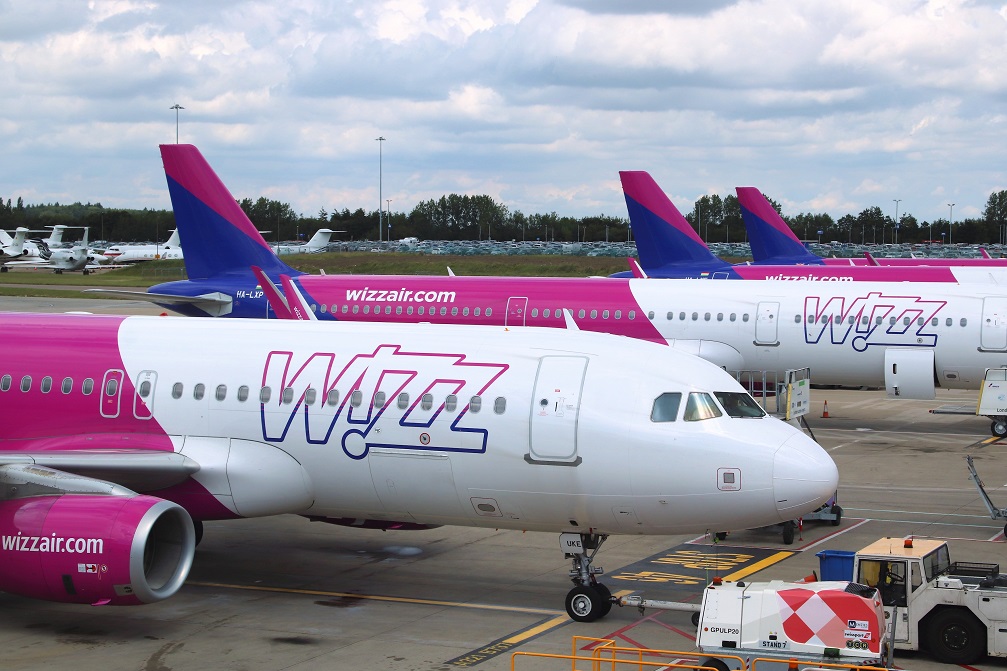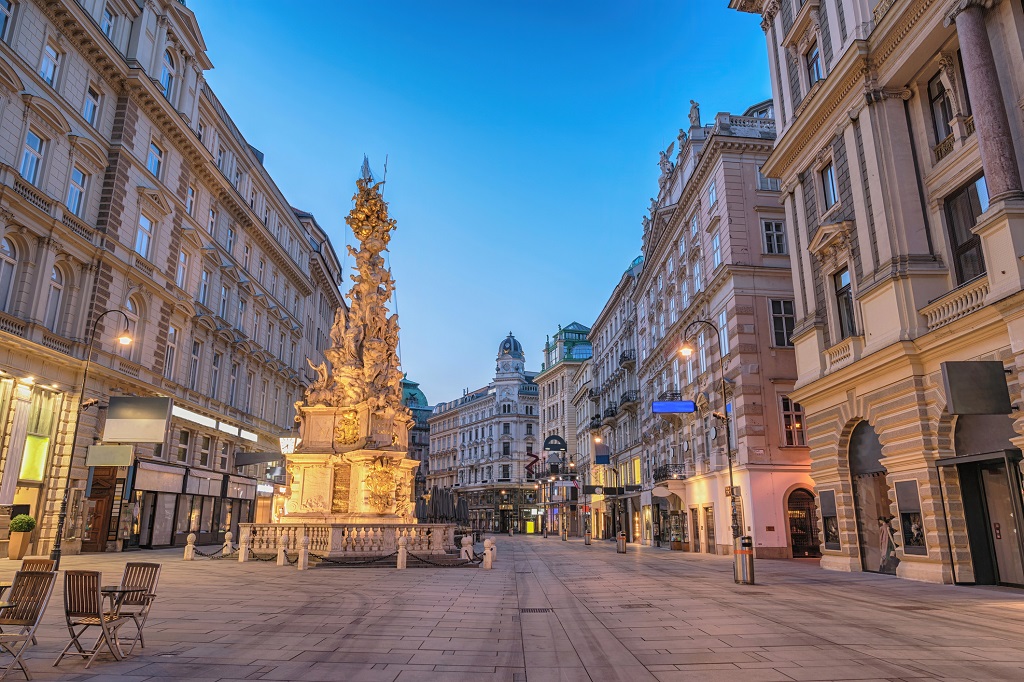Poland
Travel to Poland, a city that is a beautiful blend of history, culture and natural beauty.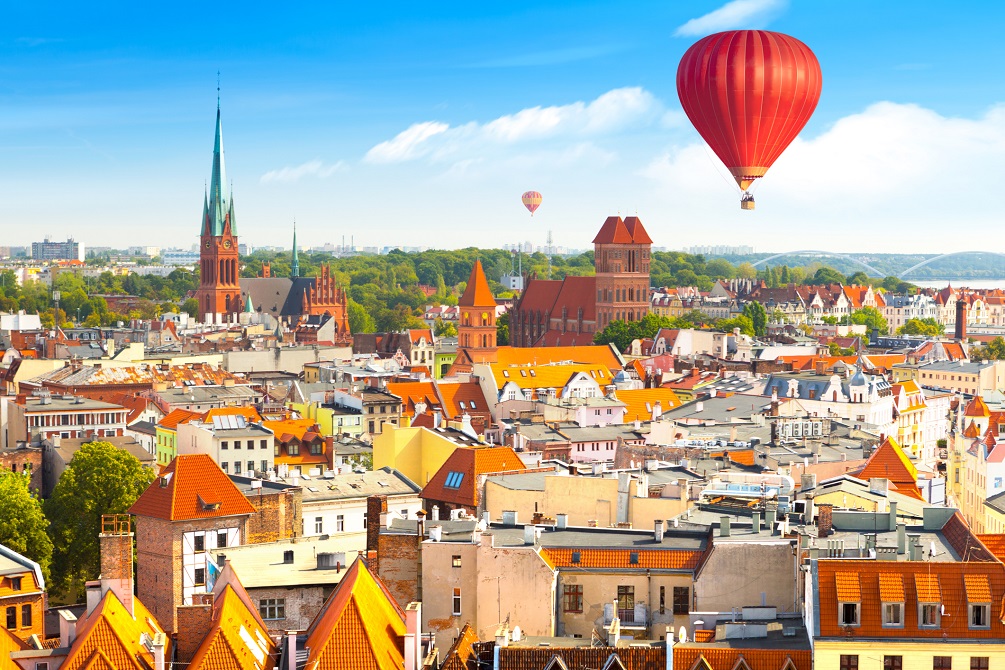
Poland, a beautiful city located in the country of Central Europe is located right at the brink of geographical crossroads. Poland connects the forestlands of the northern parts of Europe with the ocean lanes of the Atlantic Ocean with the plains of the Eurasian frontier. Bound by about seven nations, the country has seen a lot of waxing and waning phases over the years.
During the Middle Ages, Poland’s township and principalities were subjugated by various invaders from Balts, to Germans to Mongols. Somewhere in the mid-1500s, United Poland turned into the largest state of Europe. Poland was also announced as the most powerful nation on the continent; however, about 250 years since the partition of Poland, it almost disappeared. Parts of it were handed out amongst the various empires of Prussia, Russia, and Austria.
Slowinski national park has the most notable features and a beautiful landscape. It houses some of the most colossal mountains, and a stunning lake called Lake Lebsko.
Warsaw, the capital city of Poland, exudes a very ancient feeling owing to its architectural buildings. Warsaw is also known for its culinary delights and offers everything from Michelin star restaurants to milk bars and the classic independent bakeries.
Karkinsze National Park –Laced with mountainous cavities, spruce forests, and glittering waterfalls, the charms of this park can mesmerize any visitor. The Park also encapsulates about 33 hiking trails that cover a distance of 100 kilometers at varying elevation levels,
Zalipie, a small village locates in the Southeastern region of Poland is also called the “painted village” and is the birthplace of a fairly enchanting tradition.
Bieszczady Park is located right in the middle of the forest and has an incredible ecosystem that supports the conservation of its growth. However, only 75% of the total 113 square miles is actually accessible to humans.
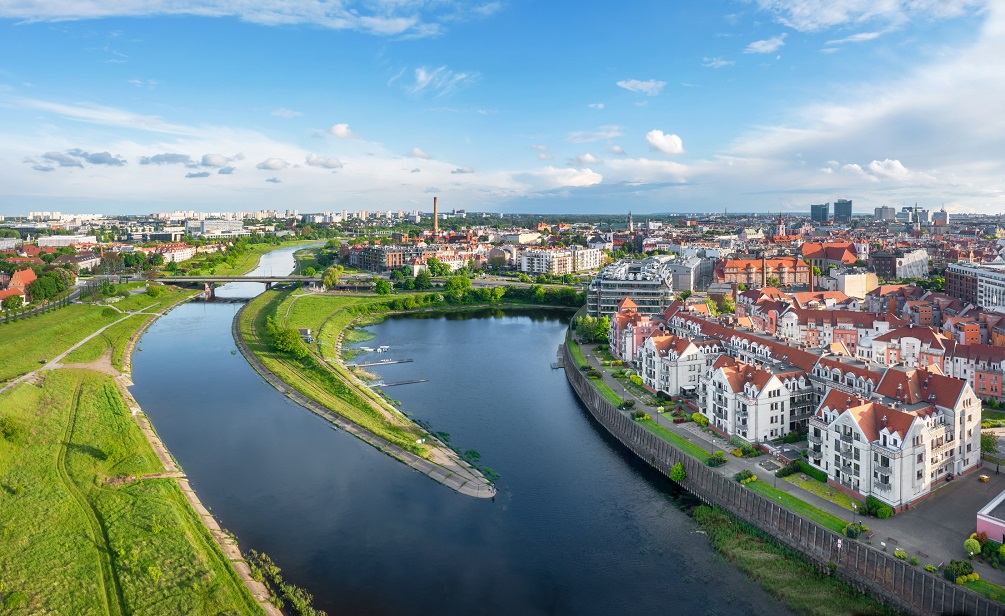


Poland is considered to be one of the largest countries in central Europe and has an area of about 312,679 km. This makes Poland the 9th largest country in Europe and 63rd largest across the globe. Almost 91% of Poland’s territory is lying below 300m above sea level. Around one-fifth of its territory is maintained as meadows, pastures, and fields whereas the rest 27% of the area is covered by forest.
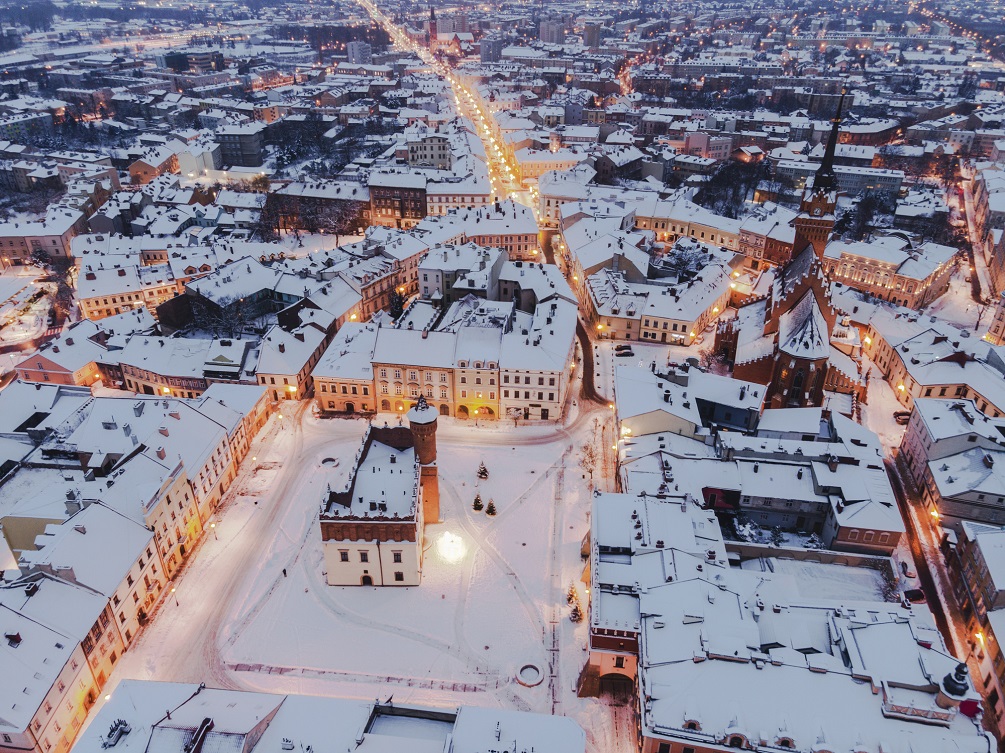


Poland has a continental climate, which makes it quite cold during the winters, and often goes below zero degrees Celsius and experiences warm summers. It starts snowing around January and the temperature starts decreasing especially when the cold air masses start reaching the country from Russia. The coldest temperature recorded is around -25 degrees to -30 degrees in the interior regions of Poland.
The season of spring, starting from March to May is quite cold initially, but by mid-may, it starts getting warmer and gradually becomes more pleasant towards the end of the month.
Summer, on the other hand, starts from June to August and is pleasantly warm and mild. The average everyday temperature is around 17/19 degrees. Summers in Poland experience the most rainfall, due to the various Atlantic disturbances that occur during this season. Additionally, thunderstorms can occur in the afternoons frequently in the inland areas such as the Tatra Mountains in the south and the Sudetes ranges.
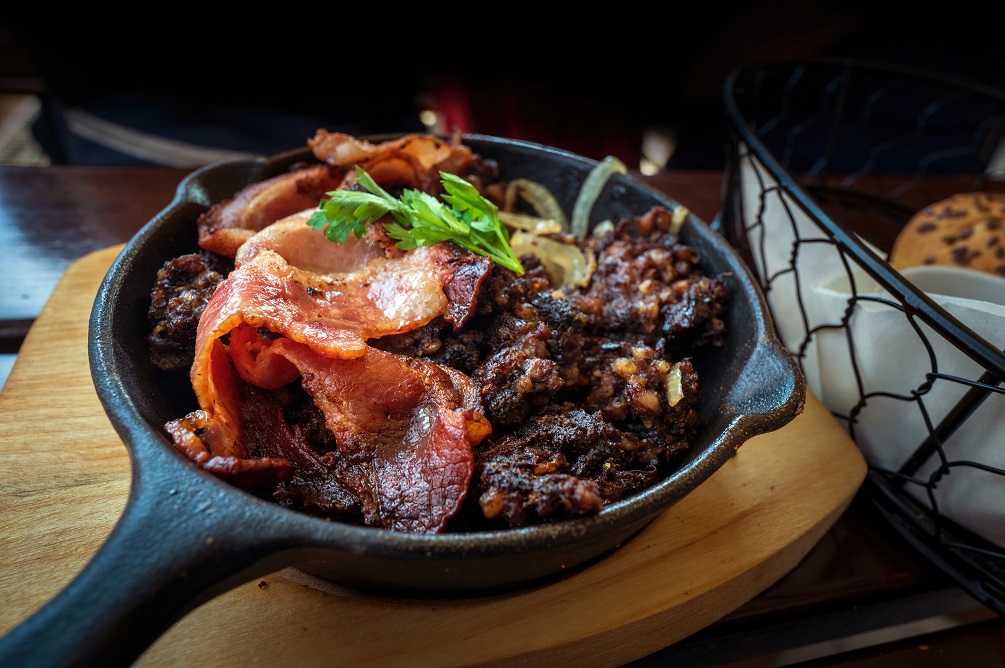


When you think of Polish food, some staples that immediately pop in mind are pierogi and bigos. From delightful treats to meaty stews, you can treat yourself to a variety of traditional foods in Poland.
Some of the popular Polish dishes are as below:
Flaki
This is a beef soup, which has been popular since the 14th century and was also considered to be the favorite dish of King Jogalia of Poland.
Bigos
This dish contains three ingredients, namely pork, sauerkraut, and some shredded cabbage. Bigos is known to be one of the most iconic stews of Poland.
Pieorgi
Pierogi is a simple but easy dish, which is undoubtedly considered one of the top comfort foods in Poland. You can find this dish anywhere from the streets to fancy restaurants in Poland
Tatar
Tatar is made of raw minced beef and is served alongside some chopped onions and egg yolk on top.
Kotlet Schabowy
This dish is basically made of minced pork and resembles a breadcrumb cutlet. You will find this dish served in most cafeterias, as it’s easy to make and serve.
Kaszanka
At the first glance, this sausage might look unusually red, but that’s only because it’s made of pigs’ blood, some pork skin, liver, and even fat. It also contains some buckwheat stuffed inside the sausage.
The traditional cuisine is rich in meat, especially chicken and pork along with a wide range of mushrooms, herbs, spices, cereals, and grains. A polish dinner consists of three courses starting from soups such as tomato soup or Rosol broth, appetizers such as herring, and vegetable salads and the main course involves a large serving of meat such as beef, pork, or chicken cutlet, some root vegetables like carrot and beetroot or sauerkraut.
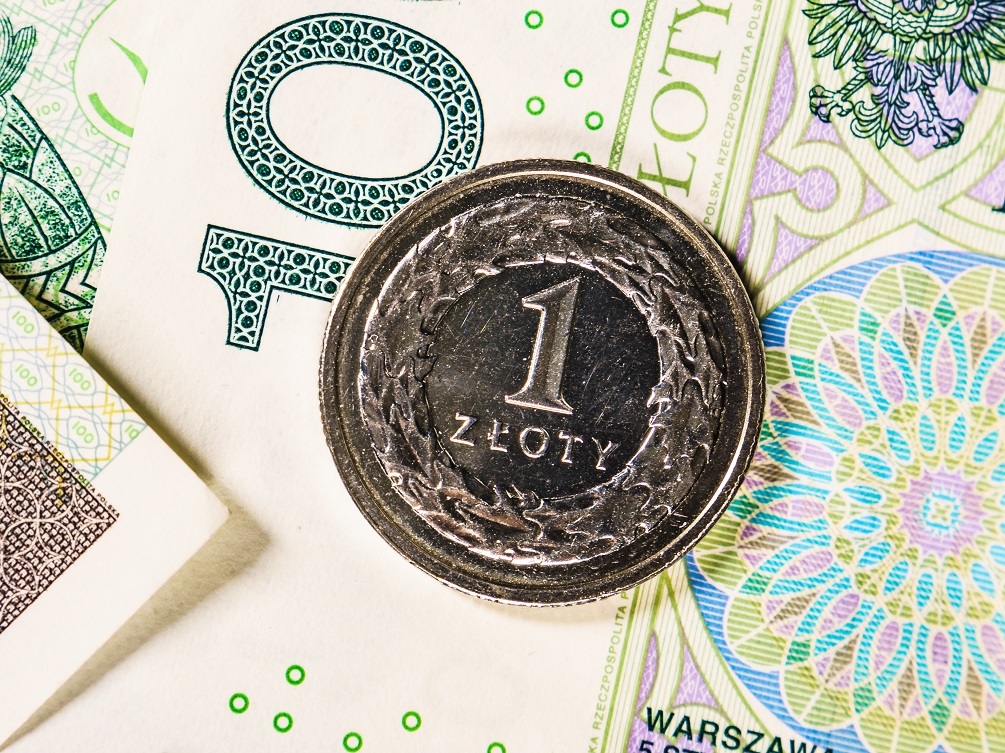


The official currency of Poland is known as Zloty and was introduced in the year 1950. In the year 1496, Poland created a national currency, which is equal to 30 groschen of Prague.
Currently, you can find some polish banknotes of 10, 20, 100, and even 200 zlotys that are still in circulation. In the year 2014, all denominations were modified except the 200-zloty banknote.
The exchange rate is fixed at one zloty, which equals 100 groszy or about 0.16787 grams of gold.
The National Bank of Poland reserves all three rights to issue currency in the country. As of today, 1 Polish zloty equals 0.21306311 Euros.
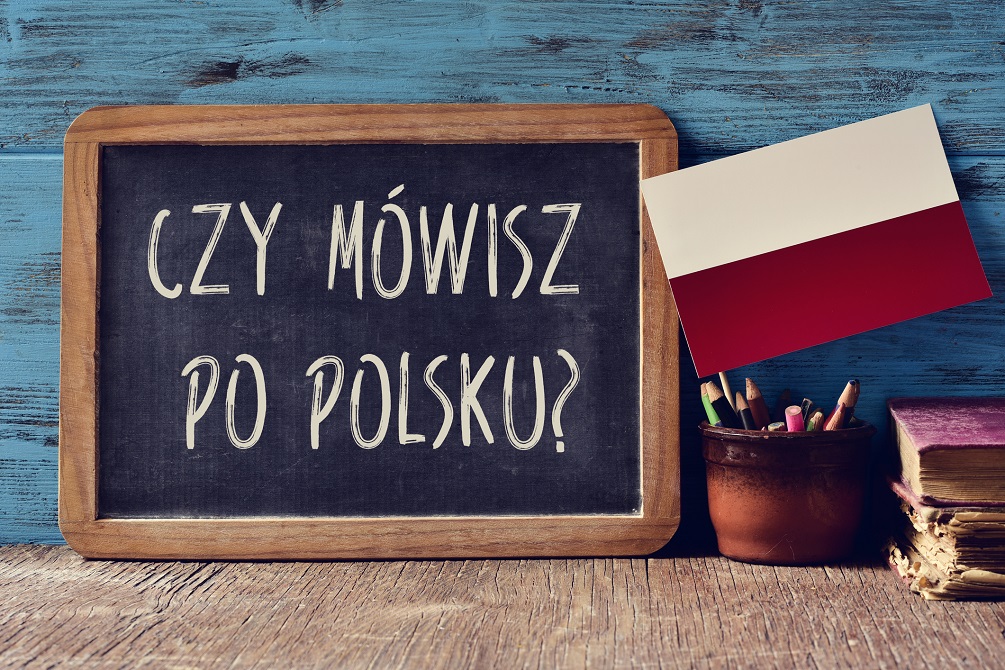


People of Poland speak Polish, which is actually a west Slavonic language.
Some of the commonly used Polish phrases are:
- ‘Na Zdrowie!’ meaning cheers !
- ‘Dzień dobry’ meaning Goodday !
- ‘Proszę’ meaning Please !
- ‘Dziękuję’ meaning Thank you !
- ‘Nie rozumiem’ meaning I don’t Understand !
- ‘Jak masz na imię?’ meaning What’s your name?
- ‘Jak masz na imię?’ meaning sorry !
There are four major Polish dialects that exist in Poland today. They are:
- Greater Polish
- Lesser Polish
- Silesian
- Masovian
Is Polish hard to learn?
A lot of people find the Polish pronunciation aspect of the language a bit difficult to master; however, Polish is quite easy in terms of grammar rules and sentence structure. If you decide to learn the Polish language, you will need to have a reliable language learning method in place.
Poles (Polish people) mostly wear western style clothing and dress conservatively. Traditionally, the men wear a blue waist coat with tassels and embroidery, a pair of striped trousers and a cap called Krakuska laced with peacock feathers and metal rings attached to the belt. Women wear long flowing gowns with collars and beautiful scarfs wrapped around their heads.
It’s very common to see people wearing handmade clothes. The folk costumes of Poland are worn for special occasions such as house warming, naming ceremony or weddings. The clothing of the traditional folks varies from region to region and is typically bright in colour with embroidery on top.
The Polish fashion did not develop well until 15th century. As a rule, medieval garments were worn all across East Europe. The typical kaftan-like robes were introduced in early 16th century.
Due to certain political, economic and historical factors of the country, the people of Poland were divided into three categories: the middle class, the peasants and nobility. There were many distinctions between the dressing style of the rich and the poor.
When you travel to Poland, you need to maintain a basic neat and tidy appearance at all times. You need to be courteous to almost everyone and pay attention to small actions, communicate in a gentle manner, and be helpful both professionally and personally.
Casual clothing is considered inappropriate while in public. This means you cannot walk barefoot or be sluggish in your appearance. Asking a woman her age is considered impolite. Polish men are known to show women a greater amount of respect by offering their hand while she’s getting out of her seat, by offering their arm while she’s walking and the stereotypical act of holding the door for women while getting in or out of a place or a vehicle.
Visits from friends or family are generally unannounced. Closed ones bring each other a bottle of wine, flowers, cake or chocolates during their visit. Removing your shoes before entering a home is considered to be a polite gesture.
During gatherings, the guests are generally served first and often advised to eat more. Poles generally take a minute to say grace before their meals. This practice although not necessary is generally followed by most people living here.
In order to enter Poland, a valid passport for the stay duration is required by all nationals. If you do not have a passport and are looking for a new one just before you depart, it can cost you extra money and you might have to visit your regional passport office and make an appointment for it.
If you plan to land at an airport in order to join a connecting flight, you will also need an extra visa to transit through the airport in the country you land in. The rules of traveling to Poland have changed after the COVID-19 pandemic, so it’s important that you check their official website: Poland travel advice – GOV.UK (www.gov.uk) before you plan your travel.
When you are packing your electrical appliances to travel to Poland, ensure that you are using a handy travel adaptor, a simple device that you can use to plug any UK electrical appliance. That said, the travel adaptor does not convert the frequency or the voltage.
In Poland, the supply voltage is around 230V. If you are using a single rated appliance you will need to operate it at a similar voltage. It is advisable to use a converter or a voltage transformer when using a high voltage appliance, so that it works smoothly and safely.
On the other hand, if you are using a dual voltage rated appliance, it can display an input of around 110-240V mentioned on the body of the appliance. This also means that you will not require a transformer or the converter because Poland generally operates on a 230V supply Voltage that is within the range of the operation of a dual voltage appliance.



Poland, a beautiful city located in the country of Central Europe is located right at the brink of geographical crossroads. Poland connects the forestlands of the northern parts of Europe with the ocean lanes of the Atlantic Ocean with the plains of the Eurasian frontier. Bound by about seven nations, the country has seen a lot of waxing and waning phases over the years.
During the Middle Ages, Poland’s township and principalities were subjugated by various invaders from Balts, to Germans to Mongols. Somewhere in the mid-1500s, United Poland turned into the largest state of Europe. Poland was also announced as the most powerful nation on the continent; however, about 250 years since the partition of Poland, it almost disappeared. Parts of it were handed out amongst the various empires of Prussia, Russia, and Austria.
Slowinski national park has the most notable features and a beautiful landscape. It houses some of the most colossal mountains, and a stunning lake called Lake Lebsko.
Warsaw, the capital city of Poland, exudes a very ancient feeling owing to its architectural buildings. Warsaw is also known for its culinary delights and offers everything from Michelin star restaurants to milk bars and the classic independent bakeries.
Karkinsze National Park –Laced with mountainous cavities, spruce forests, and glittering waterfalls, the charms of this park can mesmerize any visitor. The Park also encapsulates about 33 hiking trails that cover a distance of 100 kilometers at varying elevation levels,
Zalipie, a small village locates in the Southeastern region of Poland is also called the “painted village” and is the birthplace of a fairly enchanting tradition.
Bieszczady Park is located right in the middle of the forest and has an incredible ecosystem that supports the conservation of its growth. However, only 75% of the total 113 square miles is actually accessible to humans.



Poland is considered to be one of the largest countries in central Europe and has an area of about 312,679 km. This makes Poland the 9th largest country in Europe and 63rd largest across the globe. Almost 91% of Poland’s territory is lying below 300m above sea level. Around one-fifth of its territory is maintained as meadows, pastures, and fields whereas the rest 27% of the area is covered by forest.



Poland has a continental climate, which makes it quite cold during the winters, and often goes below zero degrees Celsius and experiences warm summers. It starts snowing around January and the temperature starts decreasing especially when the cold air masses start reaching the country from Russia. The coldest temperature recorded is around -25 degrees to -30 degrees in the interior regions of Poland.
The season of spring, starting from March to May is quite cold initially, but by mid-may, it starts getting warmer and gradually becomes more pleasant towards the end of the month.
Summer, on the other hand, starts from June to August and is pleasantly warm and mild. The average everyday temperature is around 17/19 degrees. Summers in Poland experience the most rainfall, due to the various Atlantic disturbances that occur during this season. Additionally, thunderstorms can occur in the afternoons frequently in the inland areas such as the Tatra Mountains in the south and the Sudetes ranges.



When you think of Polish food, some staples that immediately pop in mind are pierogi and bigos. From delightful treats to meaty stews, you can treat yourself to a variety of traditional foods in Poland.
Some of the popular Polish dishes are as below:
Flaki
This is a beef soup, which has been popular since the 14th century and was also considered to be the favorite dish of King Jogalia of Poland.
Bigos
This dish contains three ingredients, namely pork, sauerkraut, and some shredded cabbage. Bigos is known to be one of the most iconic stews of Poland.
Pieorgi
Pierogi is a simple but easy dish, which is undoubtedly considered one of the top comfort foods in Poland. You can find this dish anywhere from the streets to fancy restaurants in Poland
Tatar
Tatar is made of raw minced beef and is served alongside some chopped onions and egg yolk on top.
Kotlet Schabowy
This dish is basically made of minced pork and resembles a breadcrumb cutlet. You will find this dish served in most cafeterias, as it’s easy to make and serve.
Kaszanka
At the first glance, this sausage might look unusually red, but that’s only because it’s made of pigs’ blood, some pork skin, liver, and even fat. It also contains some buckwheat stuffed inside the sausage.
The traditional cuisine is rich in meat, especially chicken and pork along with a wide range of mushrooms, herbs, spices, cereals, and grains. A polish dinner consists of three courses starting from soups such as tomato soup or Rosol broth, appetizers such as herring, and vegetable salads and the main course involves a large serving of meat such as beef, pork, or chicken cutlet, some root vegetables like carrot and beetroot or sauerkraut.



The official currency of Poland is known as Zloty and was introduced in the year 1950. In the year 1496, Poland created a national currency, which is equal to 30 groschen of Prague.
Currently, you can find some polish banknotes of 10, 20, 100, and even 200 zlotys that are still in circulation. In the year 2014, all denominations were modified except the 200-zloty banknote.
The exchange rate is fixed at one zloty, which equals 100 groszy or about 0.16787 grams of gold.
The National Bank of Poland reserves all three rights to issue currency in the country. As of today, 1 Polish zloty equals 0.21306311 Euros.



People of Poland speak Polish, which is actually a west Slavonic language.
Some of the commonly used Polish phrases are:
- ‘Na Zdrowie!’ meaning cheers !
- ‘Dzień dobry’ meaning Goodday !
- ‘Proszę’ meaning Please !
- ‘Dziękuję’ meaning Thank you !
- ‘Nie rozumiem’ meaning I don’t Understand !
- ‘Jak masz na imię?’ meaning What’s your name?
- ‘Jak masz na imię?’ meaning sorry !
There are four major Polish dialects that exist in Poland today. They are:
- Greater Polish
- Lesser Polish
- Silesian
- Masovian
Is Polish hard to learn?
A lot of people find the Polish pronunciation aspect of the language a bit difficult to master; however, Polish is quite easy in terms of grammar rules and sentence structure. If you decide to learn the Polish language, you will need to have a reliable language learning method in place.
Poles (Polish people) mostly wear western style clothing and dress conservatively. Traditionally, the men wear a blue waist coat with tassels and embroidery, a pair of striped trousers and a cap called Krakuska laced with peacock feathers and metal rings attached to the belt. Women wear long flowing gowns with collars and beautiful scarfs wrapped around their heads.
It’s very common to see people wearing handmade clothes. The folk costumes of Poland are worn for special occasions such as house warming, naming ceremony or weddings. The clothing of the traditional folks varies from region to region and is typically bright in colour with embroidery on top.
The Polish fashion did not develop well until 15th century. As a rule, medieval garments were worn all across East Europe. The typical kaftan-like robes were introduced in early 16th century.
Due to certain political, economic and historical factors of the country, the people of Poland were divided into three categories: the middle class, the peasants and nobility. There were many distinctions between the dressing style of the rich and the poor.
When you travel to Poland, you need to maintain a basic neat and tidy appearance at all times. You need to be courteous to almost everyone and pay attention to small actions, communicate in a gentle manner, and be helpful both professionally and personally.
Casual clothing is considered inappropriate while in public. This means you cannot walk barefoot or be sluggish in your appearance. Asking a woman her age is considered impolite. Polish men are known to show women a greater amount of respect by offering their hand while she’s getting out of her seat, by offering their arm while she’s walking and the stereotypical act of holding the door for women while getting in or out of a place or a vehicle.
Visits from friends or family are generally unannounced. Closed ones bring each other a bottle of wine, flowers, cake or chocolates during their visit. Removing your shoes before entering a home is considered to be a polite gesture.
During gatherings, the guests are generally served first and often advised to eat more. Poles generally take a minute to say grace before their meals. This practice although not necessary is generally followed by most people living here.
In order to enter Poland, a valid passport for the stay duration is required by all nationals. If you do not have a passport and are looking for a new one just before you depart, it can cost you extra money and you might have to visit your regional passport office and make an appointment for it.
If you plan to land at an airport in order to join a connecting flight, you will also need an extra visa to transit through the airport in the country you land in. The rules of traveling to Poland have changed after the COVID-19 pandemic, so it’s important that you check their official website: Poland travel advice – GOV.UK (www.gov.uk) before you plan your travel.
When you are packing your electrical appliances to travel to Poland, ensure that you are using a handy travel adaptor, a simple device that you can use to plug any UK electrical appliance. That said, the travel adaptor does not convert the frequency or the voltage.
In Poland, the supply voltage is around 230V. If you are using a single rated appliance you will need to operate it at a similar voltage. It is advisable to use a converter or a voltage transformer when using a high voltage appliance, so that it works smoothly and safely.
On the other hand, if you are using a dual voltage rated appliance, it can display an input of around 110-240V mentioned on the body of the appliance. This also means that you will not require a transformer or the converter because Poland generally operates on a 230V supply Voltage that is within the range of the operation of a dual voltage appliance.
Travel related news, information and inspirational articles and videos for travellers booking flights or holidays to Poland. Ask questions about travel in Poland and get answers from Poland experts
NEWS
Inspiration, Information and Travel Guides
MEET THE Poland EXPERTS
If you are looking to book a holiday to Poland or needs some help and advice planning travel to Poland then contact one of the UK based independent travel agents that specialise in Poland itineraries.
FEATURED VIDEOS
Your Travel Questions Answered
Ask any travel related question and get an answer from one of our experts that will provide you with an answer from their personal experience
There is no question for this category.

